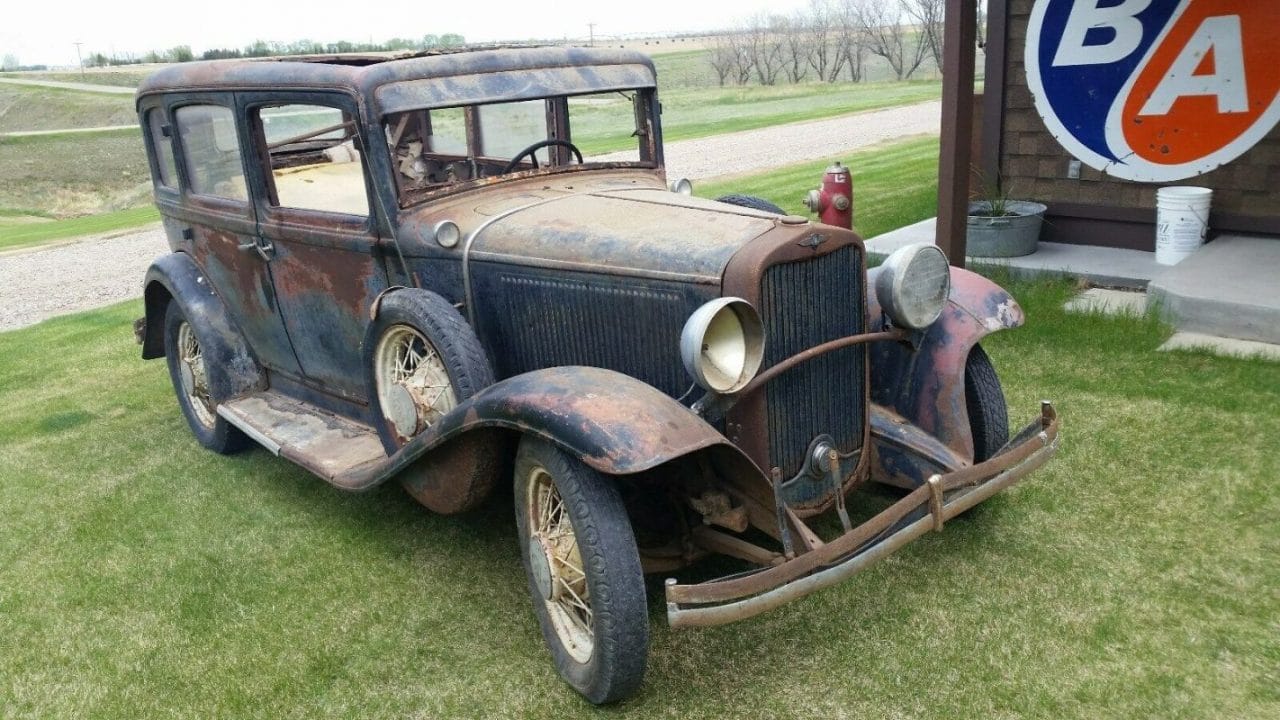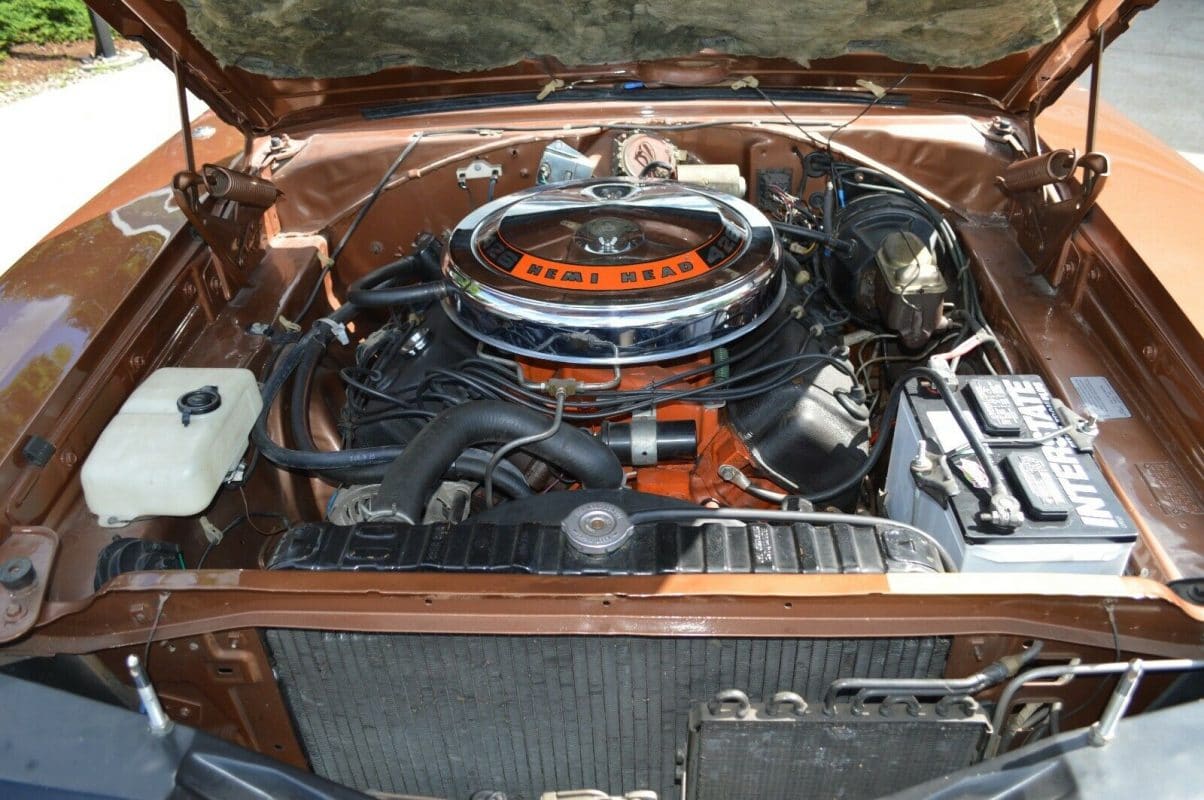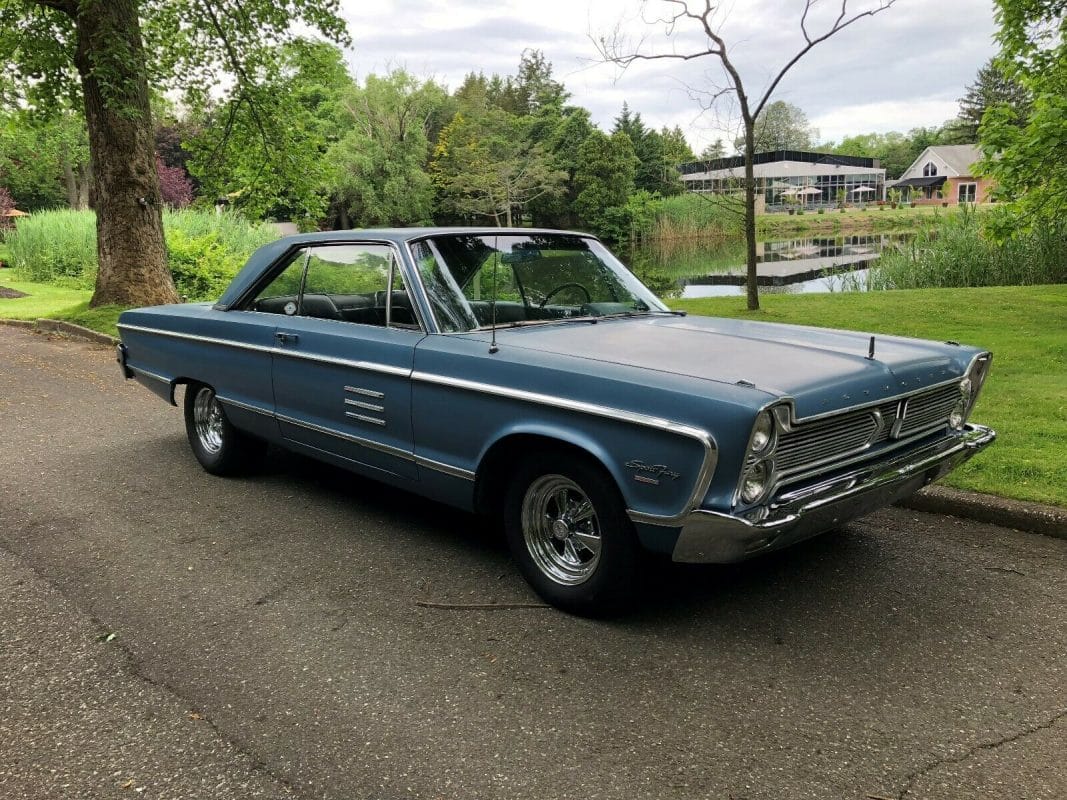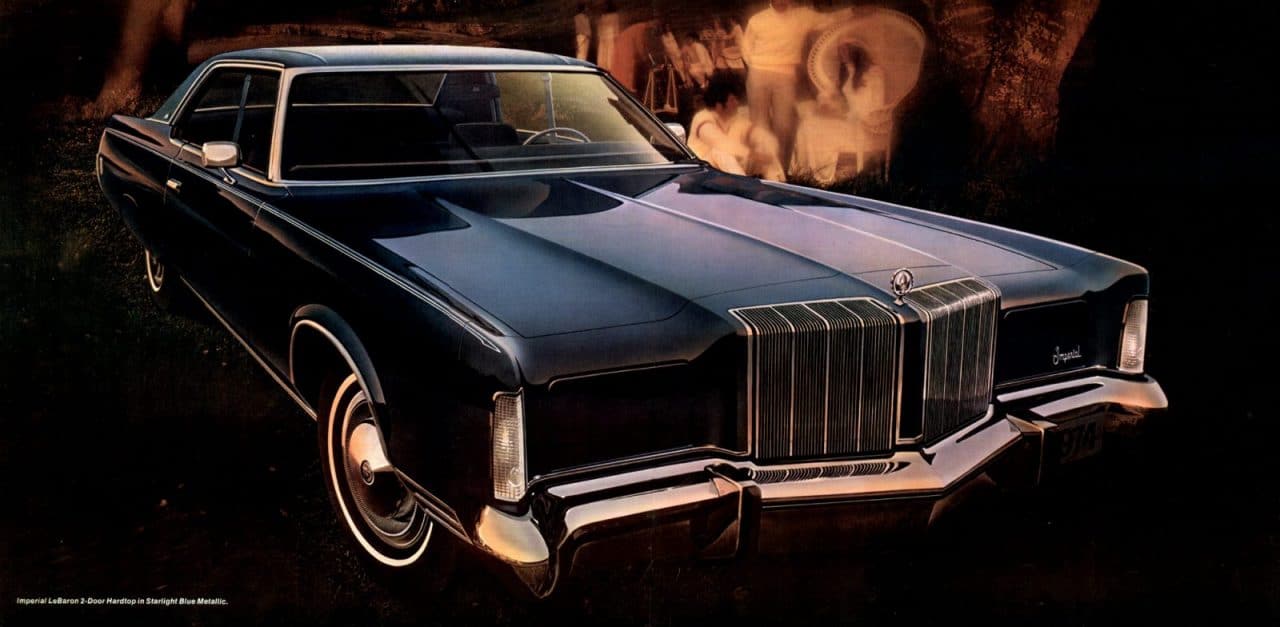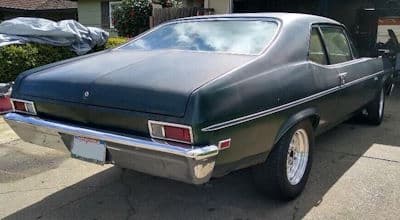According to Wikipedia, “Mopar is the parts, service and customer care organization within Fiat Chrysler Automobiles. The name is a portmanteau of the words “MOtor” and “PARts”
Whether you are a recent admirer or were a huge fan back in the 1960s, these cars are definitely impressive. Mopar is actually Chrysler’s auto parts division. Its name refers to (MO)tor (PAR)ts. It is still in use and has existed since the 1920s.
However, when the term Mopar is used, most auto enthusiasts think of the Plymouth and Dodge Muscle Cars from the 1960s and into the 1970s. Those of us who were involved during the 1960s in drag racing will recall that Mopar dominated the S/S (Super Stock) classes with Plymouth and Dodge 440 Hemi engines.
Mopar racked up more than 400 NASCAR victories on the oval tracks before it was retired form factory-sponsored racing. Not only was the Hemi engine powerful, but very reliable as well.
American automobile manufacturers realized how appealing a more powerful and faster car was, and quickly jumped on the muscle car bandwagon. The Plymouth Sport Fury, Dodge Polara, Dodge Daytona, Super Bee, Road Runner, and Charger were all introduced by Chrysler.
The Sport Fury and Plora were the more economical models. They sported big engines but not a low of luxury options. Also, there were ideal for young drag racers needing a regular car but also a “weekend warrior” drag strip vehicle.
The mid-1970s saw high gas prices, gas rationing, and also the start of concerns about automobile emissions. Combined with less than average braking and handling abilities, increased insurance rates and costs for operating high powered sports sedan, the popularity of muscle cars started to fade.
Lack of sales comes with a lack of interest. The Big 3 automobile manufacturers started pulling out of the muscle car market. This resulted in a withdrawal of factory high-performance engineering and factory-sponsored racing.
Muscle cars attempted a comeback during the middle and late eighties. However, most of them were watered down versions with options to try to give consumers both comfort and speed at the same time. Although cars such as the TransAm and Camaro were successful, they were never able to reach the same high status enjoyed by the Muscle Cars.
Muscle cars in the new century are now collector cars and can bring in incredibly high prices when they are restored back to their original conditions. At premium collector car auctions a Plymouth Superbird or Barracuda can go for $250,000. A Dodge Daytona consistently goes for six figures. Mopar Muscle Cars are a great investment given the high demand and prices they command.

